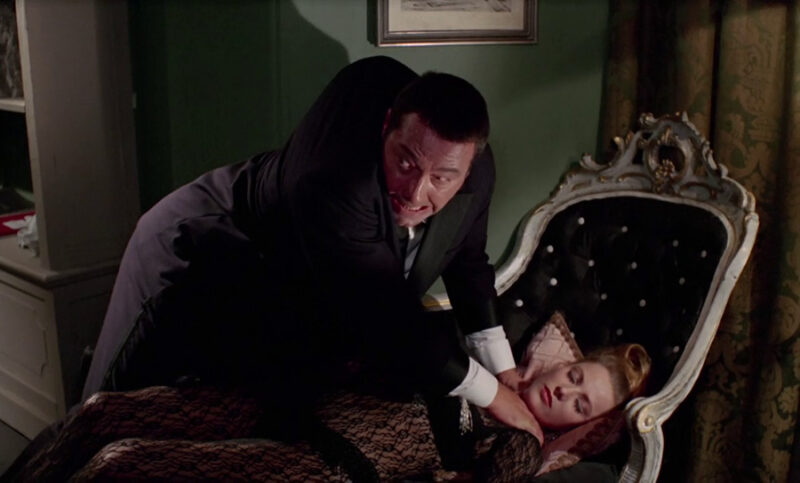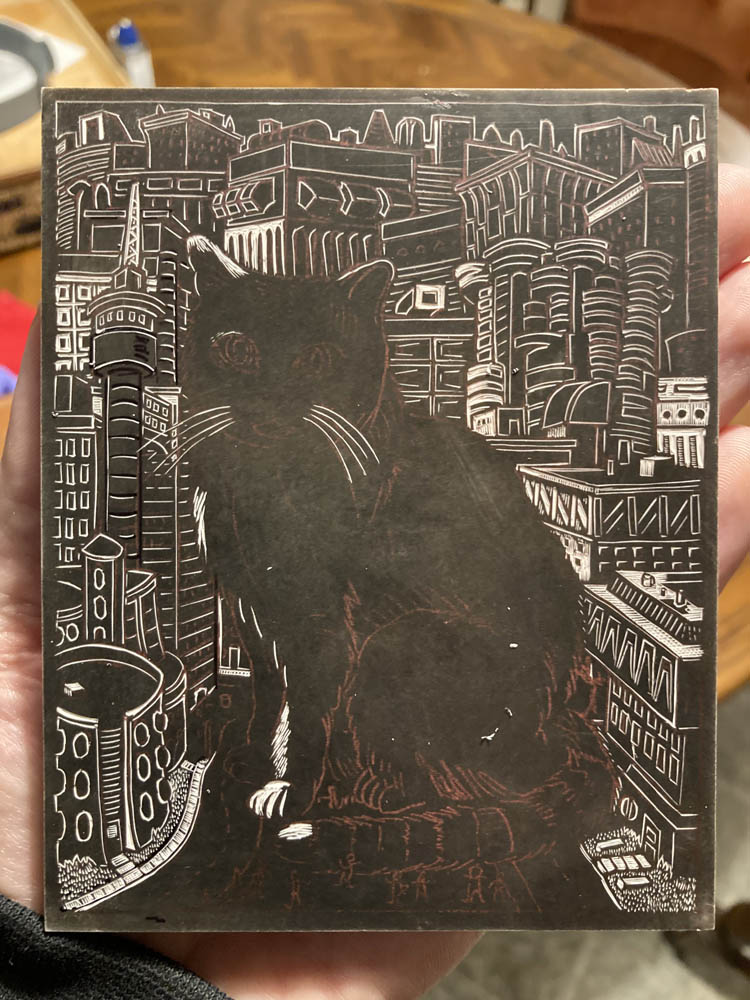
The writing of this giallo is absolutely terrible. The story doesn’t make any sense and every single person who walks into frame is presented as a red herring. There is some bad silly putty looking gore and the film’s climax is just bonkers nonsense. Not a top-tier giallo by any stretch but does drift into so bad it’s good territory the way French Sex Murders does.

I’m beginning to get a feel for these German Krimi films: a masked killer, suspicion of supernatural, bumbling police, show who the bad guys are immediately, and then finally reveal who the mastermind behind it all really was. That final reveal is never satisfactory because there are no clues whatsoever as to the solution. It just is the person you would least likely have any cause to suspect. But throughout I love the lighthearted tone. That’s something you would never expect to describe a movie that features Klaus Kinski. Anyhow, there needs to be a big blu-ray box set of these films because they are great fun.

Looks like The Expanse TV show will not be returning so now I have to read a dozen novels to find out how the story ends. Thanks, Avasarala. This novella tells the story of Bobbie back on Mars and her nephew who wants to save a drug addict girl. Mildly enjoyable story that reads like a thirty minute television episode but doesn’t really advance any of the main plotlines.


Another Paul Naschy film in which all the ladies can’t resist his barrel-chested charms. This one starts off in Japan and then, rather than explore its exotic location possibilities, goes right back to a Spanish countryside manor. Naschy is a double-crossing jewel thief who is nursed to health at a family pig farm complete with a pair of farmer’s daughters vying for his interests. Eventually this becomes a black-gloved killer movie and starts to jump between elements of thriller, crime film and horror. I thought it was quite entertaining despite the lead character laying in a bed most of the time.

A prosecutor and his lady friend of the night are held captive in the house of his uncle, a prominent judge, After the bloody false opening scene not much happens action-wise. Most of the movie takes place in a single room and the bad guys, who spend most of the movie looking for old court documents, are dubbed with ridiculous cockney accents. Given the right cast, this could have been a really tense drama, but it kinda falls flat.

Gothic horror is really where Paul Naschy shines. This werewolf/vampire movie is quite fun despite the fact that a lot of the plot doesn’t make any sense and it is, for some reason, set in modern times yet is full of 19th century villagers and horse drawn carriages. You can almost skip the first quarter of the movie but it really picks up in the second half with a trio of ghostly, female vampires that plots against Naschy as the werewolf. The simple makeup effects are very effective.

I love the colorful look of these Edgar Wallace Krimi films from Germany. They really seem like live-action Scooby Doo episodes. The plotting and mystery of Hunchback of Soho isn’t really all that great. The setting of using a girl’s school as a front for an inheritance plot doesn’t make any sense but it sure lends itself to goofiness.

Giallo done Naschy style. Unfortunately that means you have to watch a pig being killed to no good reason. This has none of the visual style of an Italian giallo, but at least offers a decent story about an ex-con who ends up being a handyman for three variously disabled sisters. Of course all the women can’t resists a short barrel-chested Spaniard in Cuban heels. This is all the backdrop to a series of sadistic murders that have Naschy pegged as the prime suspect. I really liked the disjointed version of Frère Jacques that accompanied all the killings, but I think Naschy’s Gothic horrors are a much better fit for him.

Mid-century sci-fi novel about a planetary colony that goes dark. When the rescue mission arrives they find the colonists running around naked without any technology. There is a plot to arrest the colonists and the super smart “E” assigned to rescue them for indecency, of all things. The big reveal at the end is unimpressive and not worth the effort. It’s mostly just a speculation on how there could be an intelligent existence that operates outside the world of science and things.












